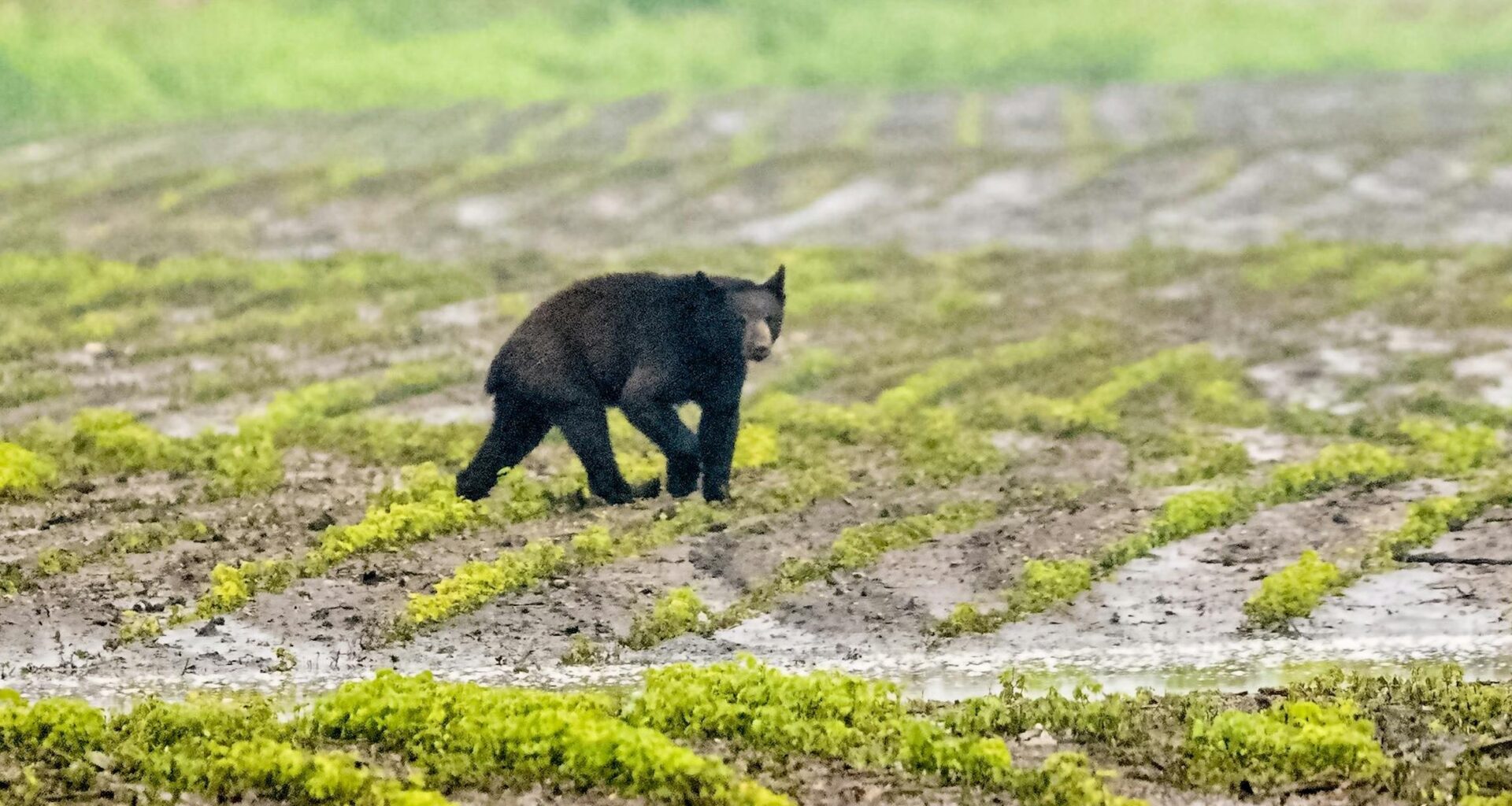With all the larvae gone and their home destroyed, the surviving bees will probably scatter and try to join other colonies, or die, he said, adding that he put up a trail cam in case the bear comes back.
Bears have been moving farther south and west of their usual habitat in the northern third of Minnesota, said Andrew Tri, a biologist with the Department of Natural Resources.
Humans are more accepting of bears now, and some of the animals have developed a taste for corn crops and sunflowers in farm country. The DNR estimates there are about 13,000 to 18,000 black bears in the state.
Tri said the public should never feed or approach bears and should secure food, garbage and bird feeders that might tempt them.
Black bears aren’t inherently dangerous, but as wild animals they should be given a wide berth, said Tri, DNR bear project leader.
The department wants to hear about bear sightings in southwest Minnesota and has a website for reporting bears outside their traditional range.
